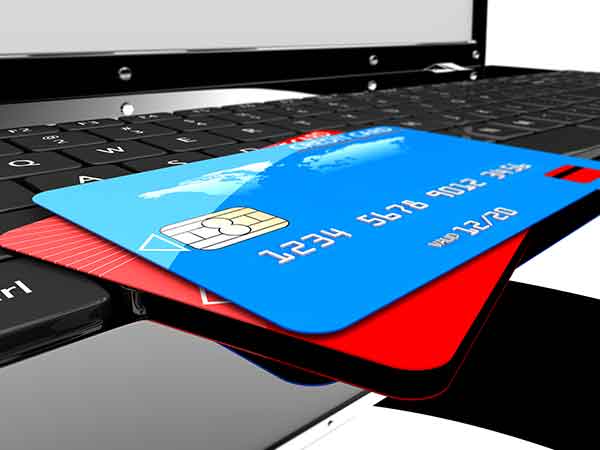How To Build Credit
Credit, better known as debt, makes the world go round; especially for Americans. Everything from obtaining a credit card to purchasing a new car to purchasing a new home; lenders make their lending decisions based on the credit worthiness of the borrower based on their credit scores and ratings. clearly, it’s important to build credit score.
There are different challenges for the borrower; the two main challenges are:
1) How to purchase without a credit history
2) How to purchase with a damaged credit history
Here are some ways to know which category you fall under.
How to Build Credit – Step 1
Check with the Credit Reporting Agencies
Experian, Equifax and TransUnion – these are the three major credit reporting agencies where credit scores and ratings are maintained. If you have never applied for and/or used any form of formal credit, then you will not have an open credit file with these entities.

Your first step after obtaining your credit report is to check for any inaccuracies associated with your credit file. This could be something as simple as your name misspelled to something more serious, like accounts reporting that you did not open. Identity theft is a very serious, often complicated and very time consuming for the consumer.
How to Build Credit – Step 2
Keep the Credit Formula in Mind
Whether you have no credit or bad credit, your next step is to start building your credit in a positive manner. Keep in mind this credit score formula when deciding which credit line to open and what steps to take in the future for a satisfactory credit score.
- 35% payment history. This pertains to your track record of paying your bills (i.e., utility, rent and credit card debt) on time.
- 30% outstanding debt. This refers to the debt to available credit ration (i.e. how much you owe in relation to how much you were given credit)
- 15% credit history. This pertains to the length of time you have had credit with the general rule being the longer, the better.
- 10% types of credit in use. Be sure to mix revolving credit (e.g. credit cards), secured loans (e.g., home and auto loans), and unsecured installment loans (e.g., personal loans).
- 10% new credit. This comprises newly-opened accounts and inquiries.
See: What is a good credit score
How to Build Your Credit Score – Step 3
Take Actions to Build Credit
With your mind aware of the credit score formula, your next steps is to take the appropriate steps to build or rebuild your credit.
- Open your bank accounts. You can prove financial responsibility via a bank account by making regular deposits and withdrawals sans overdrafts, not to mention that a bank account can be a means to show your regular income. A bank account will not have an effect on your credit rating however it will show financial responsibility on your behalf.
- Get your secured credit card particularly from a provider that reports to one or all of the abovementioned credit reporting agencies. Typically, if you lack credit or have bad credit then you will not get approved for an unsecured credit card. Therefore, you will need to put a small deposit down for a credit card to start reporting payments to the credit reporting agencies. This will address the largest portion of your credit – payment history.
- Get an unsecured credit card and/or a retailer credit card as soon as your credit score starts to get better (over 620). Beware as you can easily get into deep debt when you have undisciplined credit ways. Keep in mind, that these methods should only be used with the understanding of building your credit and not to get into debt. These types of cards will have high interest rates that can make the amount owed back much larger.
- Keep credit card balances at or below 50% of the credit limit. For example; if you are awarded a $500 credit limit then you need to keep the balanced owed under $250. If you go over that 50% threshold then it will have a negative impact on your credit rating. Ideally, you want to keep this balance under 30% of your credit limit for optimal credit score points.
- Do not have more than 3 open credit cards (also known as a revolving account).
- Apply for a small personal loan. This is the installment credit on your report with the most common examples being a car loan, a student loan, and an appliance loan.
Most important, you have to pay your bills on time; it comprises 35% of your credit score! You should also keep a job, live within your means and be a good debtor/consumer.
In addition, if you’re looking to rebuild your credit after a financial hardship and have possible negative items reporting then contact us today for a no-cost credit consultation. WJA can assist you with putting a detailed plan together based on your current credit situation and goals.
Fill out your information above or Call (888) 505-9810








